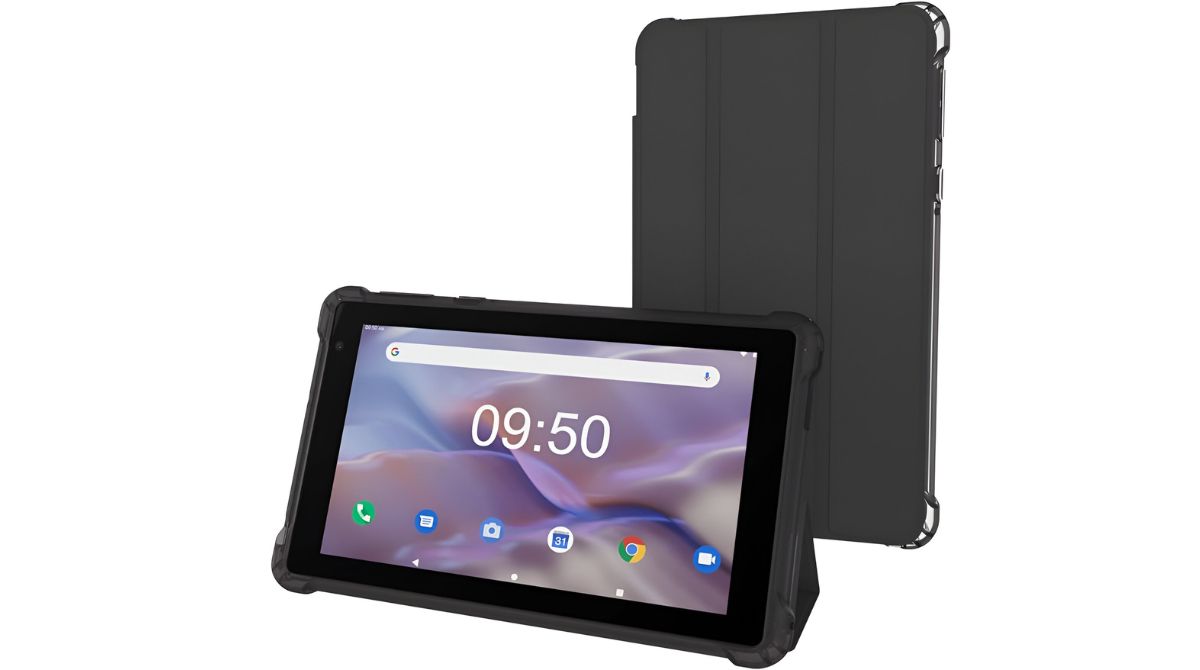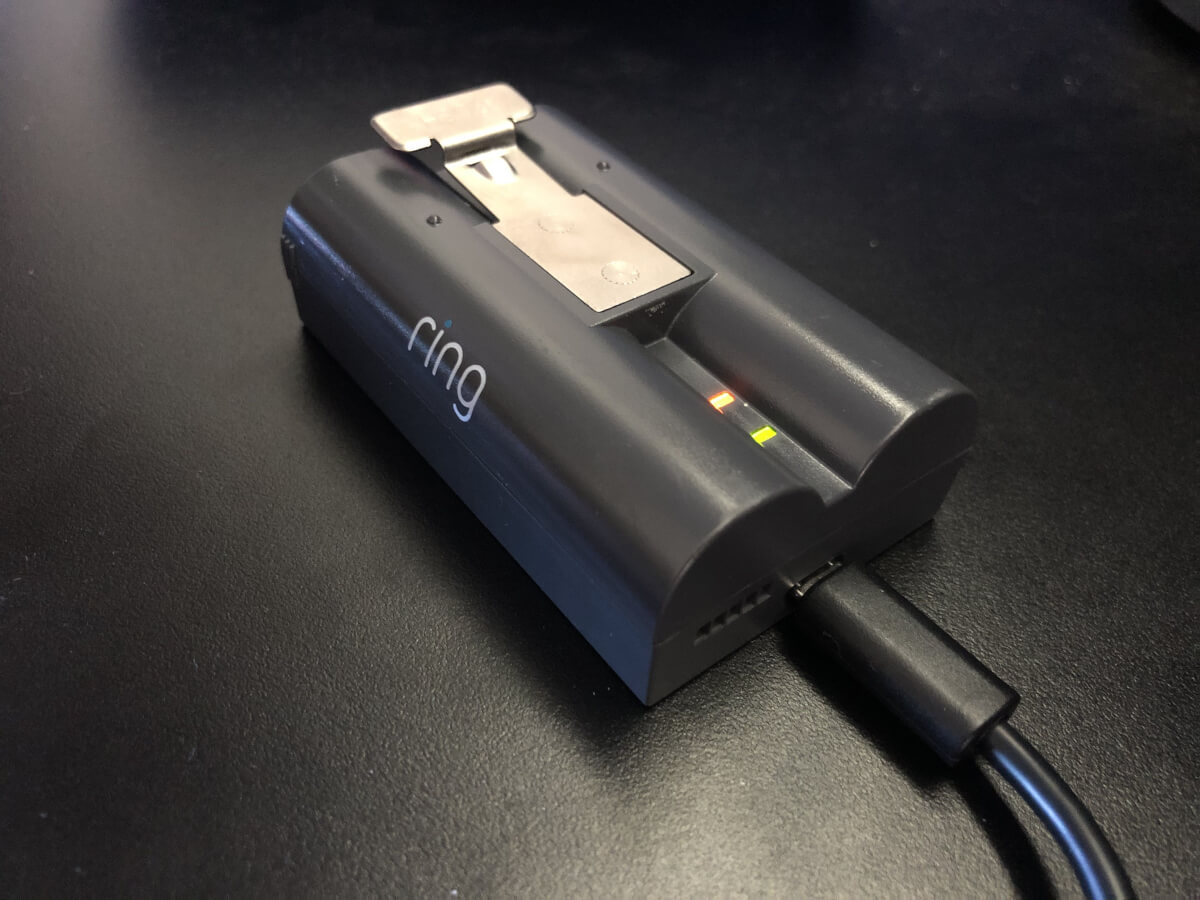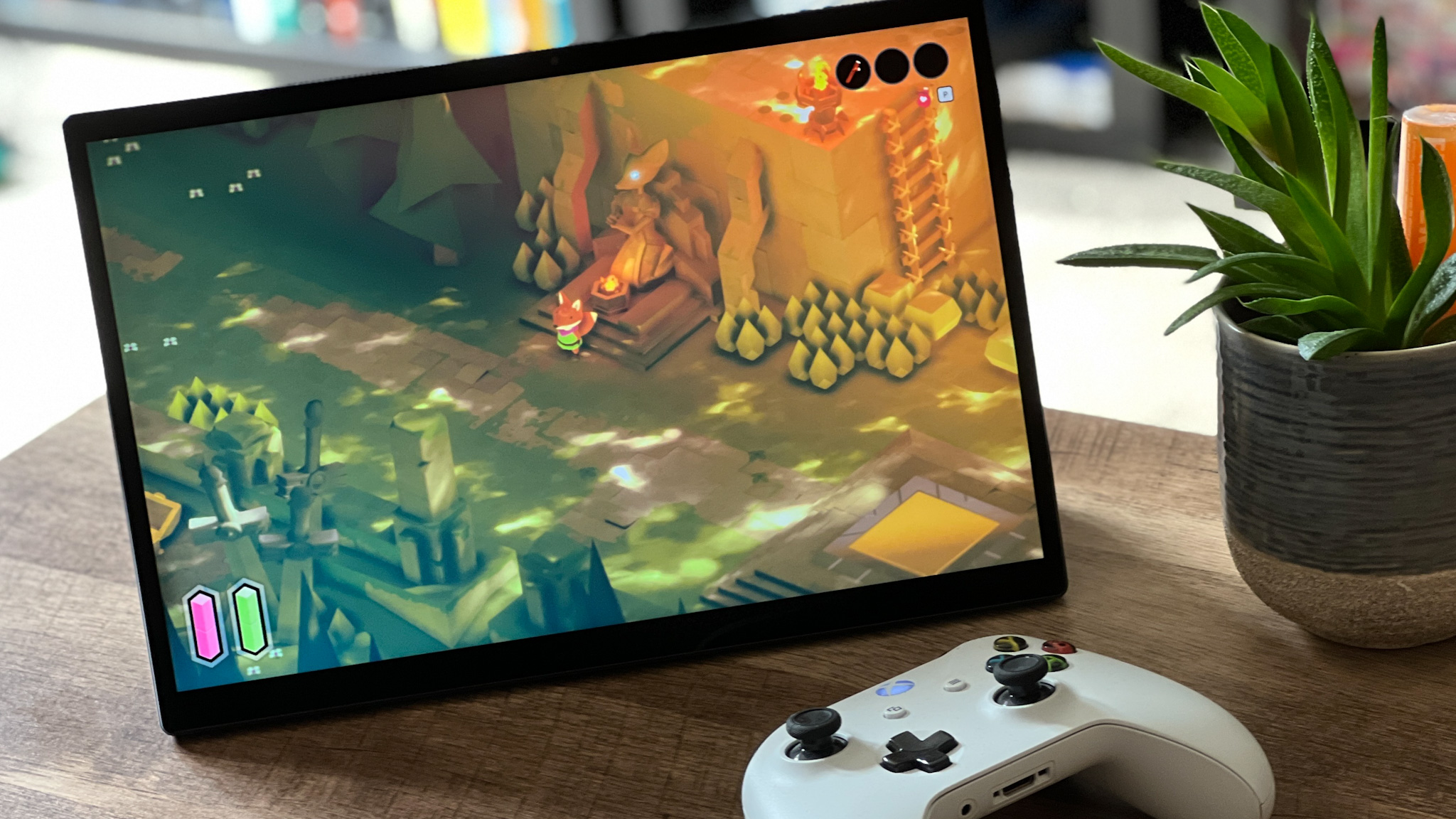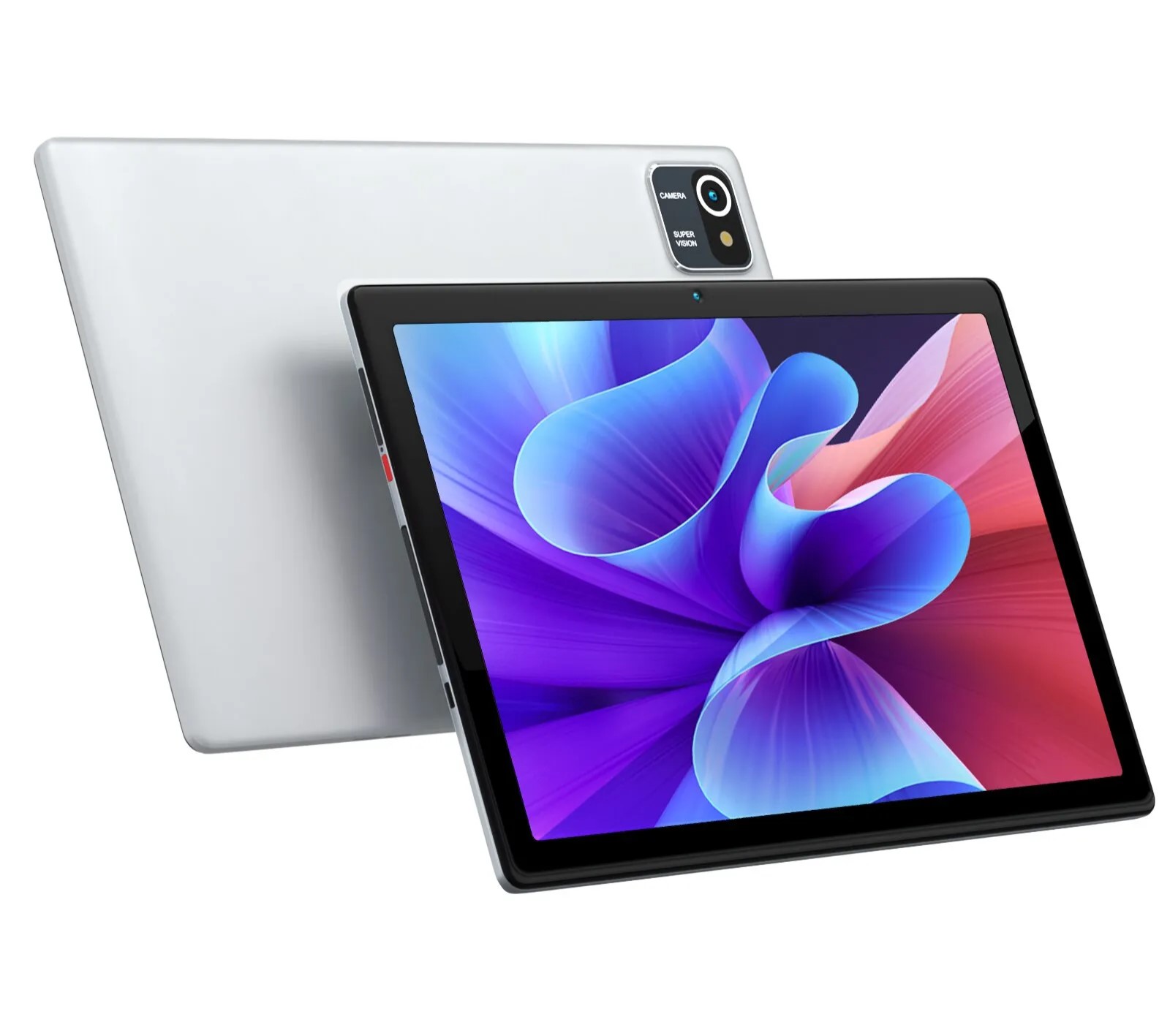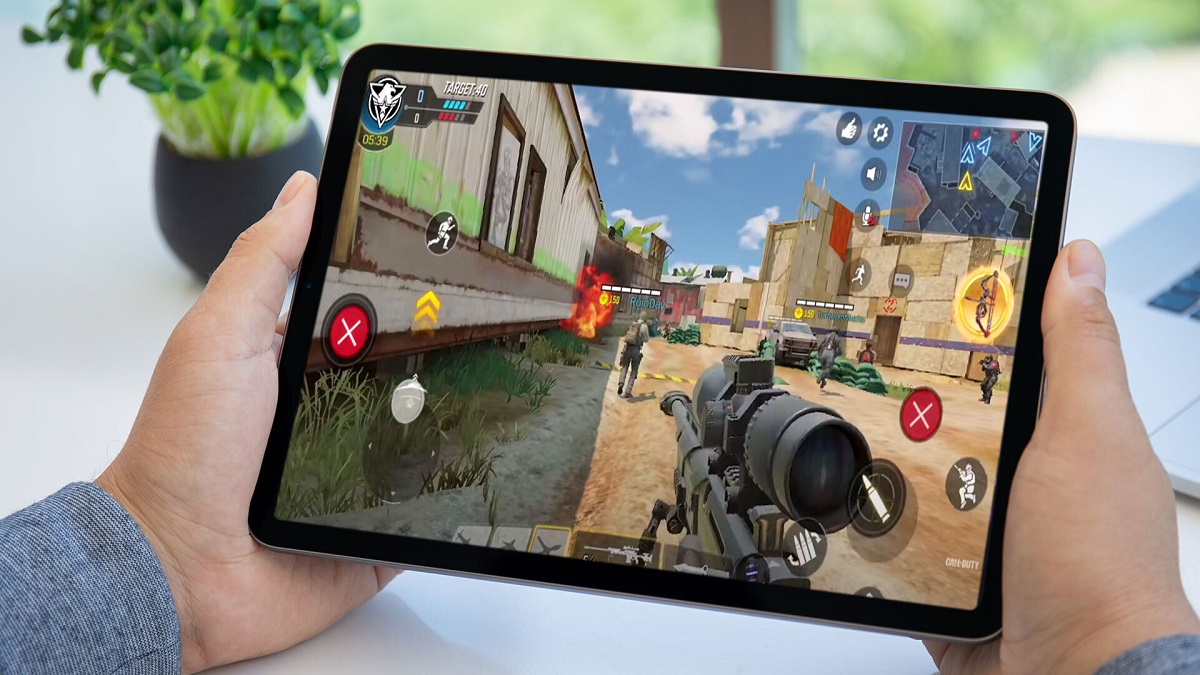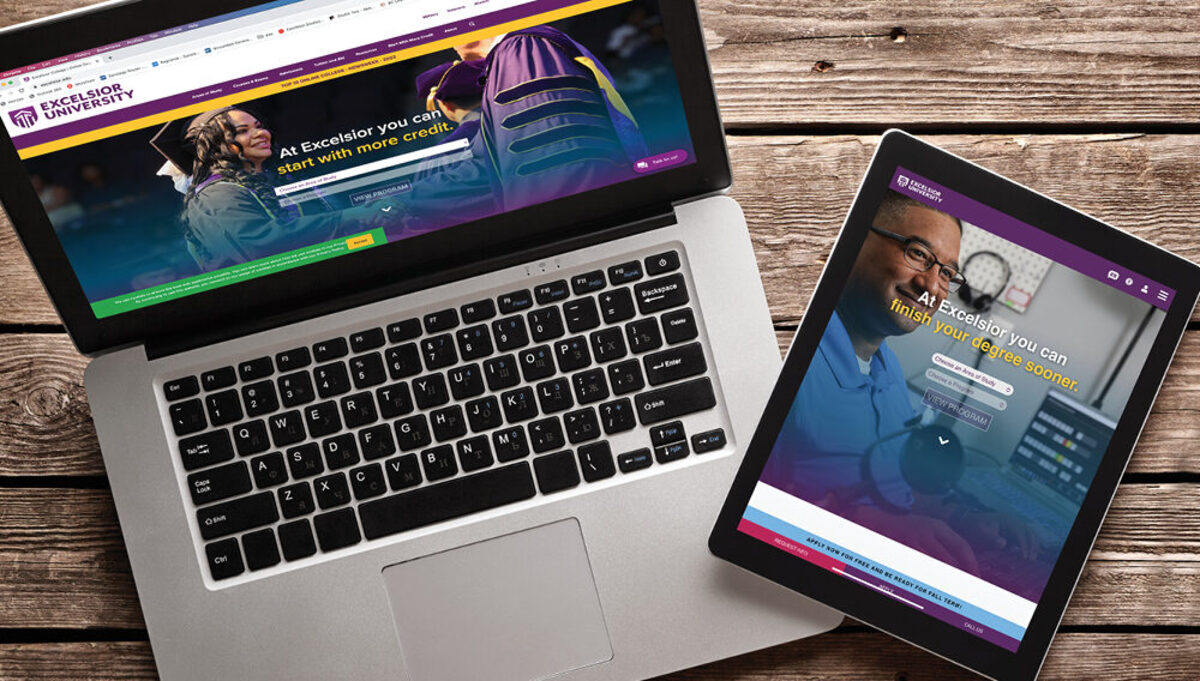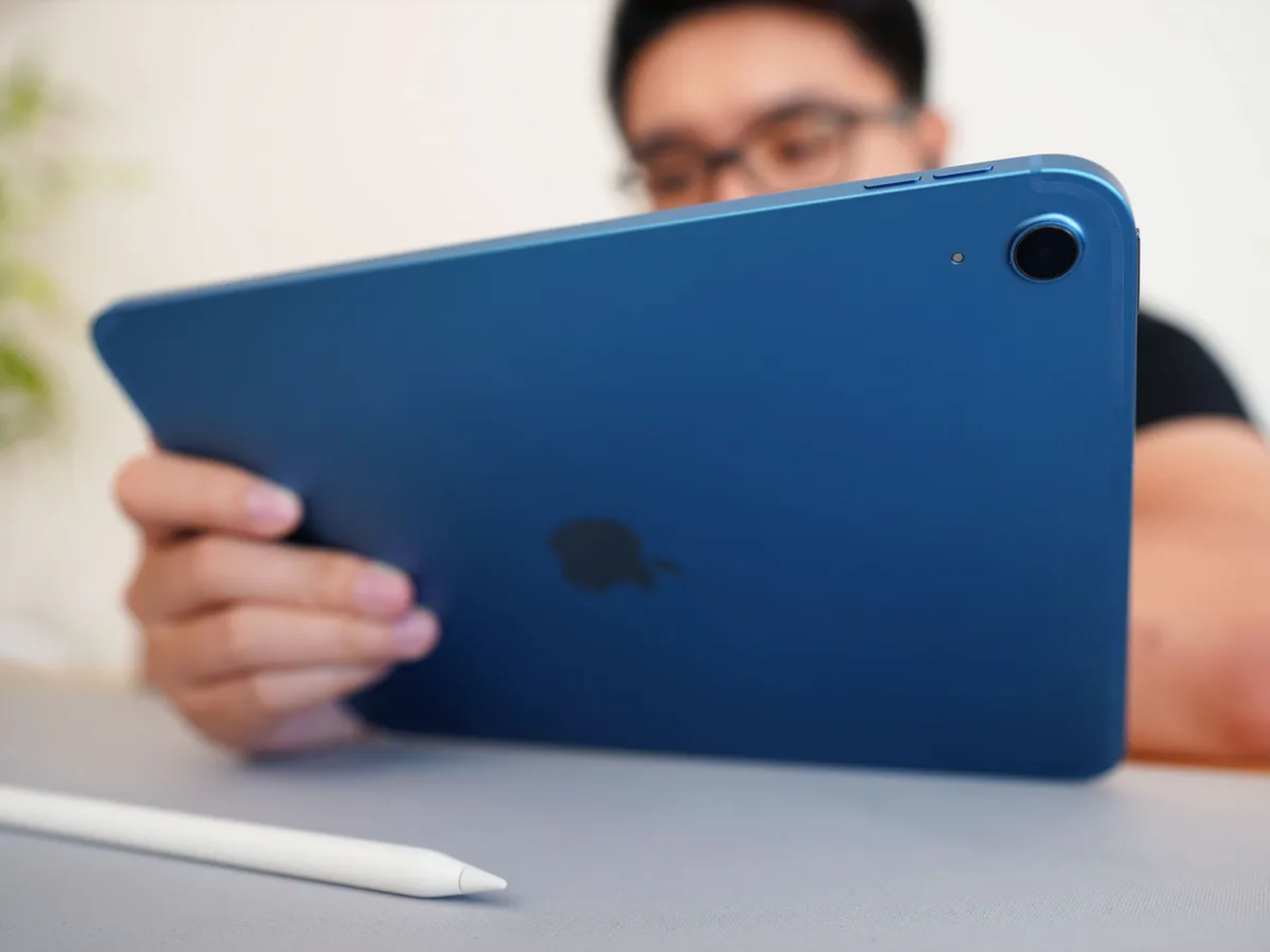Introduction
Tablets have become an essential part of our daily lives, offering a portable and convenient way to stay connected, entertained, and productive. But have you ever wondered how long these devices typically last? The average lifespan of a tablet can vary depending on several factors, such as the brand, model, usage, and care it receives.
In this article, we will explore the factors that affect the lifespan of a tablet, discuss how long tablets usually last, provide tips to extend their lifespan, and highlight the signs that indicate it may be time for a replacement. Additionally, we’ll touch on the environmental impact of tablet disposal and the importance of responsible e-waste management.
Understanding the lifespan of a tablet is crucial for making informed purchasing decisions and maximizing the value of your investment. Whether you’re a casual user or rely on your tablet for work or study, knowing how long you can expect your device to last can help you plan for future upgrades and budget accordingly.
So, if you’ve ever wondered what the average life of a tablet is, keep reading to discover everything you need to know about the lifespan of these versatile devices.
Factors that affect the lifespan of a tablet
Several factors can significantly impact the lifespan of a tablet. Understanding these factors can help you make informed decisions about your device’s longevity and take appropriate measures to extend its lifespan:
- Build Quality: The build quality of a tablet plays a crucial role in its durability. Tablets constructed with high-quality materials and robust build standards tend to have a longer lifespan compared to those made with cheaper materials.
- Brand and Model: The brand and model of a tablet can also impact its lifespan. Established brands known for their quality and reliability often produce tablets that last longer than lesser-known or budget-oriented brands.
- Usage: The way you use your tablet can affect its lifespan. Excessive gaming, resource-intensive apps, and multitasking can put a strain on the device’s internal components, potentially leading to quicker wear and tear.
- Care and Maintenance: Proper care and maintenance can significantly extend the lifespan of a tablet. Regularly cleaning the screen, protecting it with a case or screen protector, and keeping it away from extreme temperatures and moisture are essential for preserving its longevity.
- Operating System Updates: Regular software updates from the device manufacturer can help improve performance and extend the lifespan of a tablet. Outdated operating systems may lack security patches and bug fixes, making the device more vulnerable to issues.
- Battery Life: The battery life of a tablet gradually deteriorates over time. However, certain factors such as charging habits and temperature can impact how quickly the battery degrades. Overcharging, exposing the device to extreme temperatures, and using incompatible chargers can negatively affect the battery’s lifespan.
It’s important to note that while these factors can influence a tablet’s lifespan, they are not guarantees. Even with proper care and usage, there may be unforeseen hardware or software issues that can impact the device’s lifespan.
In the next section, we’ll delve into the typical lifespan of tablets to give you a better idea of how long these devices generally last.
How long do tablets usually last?
The lifespan of a tablet can vary depending on several factors, including the brand, model, and usage. On average, tablets are expected to last between 3 to 5 years. However, it’s important to note that this is a general estimate, and individual experiences may vary.
High-end tablets from reputable brands tend to have a longer lifespan compared to budget-friendly options. These devices are often built with better quality materials and are designed to withstand more rigorous usage. Additionally, ongoing software updates and support from the manufacturer can also contribute to a longer lifespan.
Usage patterns and intensity also play a role in determining how long a tablet will last. Tablets used primarily for web browsing, media consumption, and light tasks may last longer compared to devices used for heavy multitasking, gaming, or resource-intensive applications.
Battery life is another crucial factor to consider. Over time, a tablet’s battery naturally degrades, which can lead to shorter battery life. However, with proper care, including avoiding extreme temperatures and optimizing charging habits, the battery life can be prolonged.
It’s worth mentioning that advancements in technology and hardware can impact the lifespan of tablets. As newer models with improved features and capabilities are released, older tablets may become outdated in terms of performance and compatibility with newer apps and software updates. While tablets may still function beyond their estimated lifespan, their performance and usability may gradually decline.
Ultimately, the lifespan of a tablet also depends on the user’s needs and expectations. Some users may choose to upgrade their devices sooner to take advantage of the latest features, while others may continue using their tablets until they no longer meet their needs.
In the following section, we’ll provide some helpful tips to extend the lifespan of your tablet, regardless of its age or model.
Tips to extend the lifespan of your tablet
If you want to maximize the lifespan of your tablet and keep it running smoothly for longer, consider implementing the following tips:
- Protective Cover: Invest in a good-quality protective cover or case for your tablet. This will shield it from scratches, accidental drops, and other physical damage.
- Screen Protector: Apply a screen protector to prevent scratches, smudges, and cracks on the display. This will help to maintain the clarity and functionality of the touchscreen.
- Clean Regularly: Keep your tablet clean by wiping the screen and body with a microfiber cloth. Avoid using harsh chemicals as they can damage the screen and other components.
- Optimize Battery Usage: To prolong battery life, avoid overcharging your tablet and prevent it from completely draining. It’s also beneficial to use the original charger or a high-quality replacement that is compatible with your device.
- Update Software: Install regular software updates and security patches provided by the tablet manufacturer. These updates often include improvements and bug fixes that can enhance performance and extend the lifespan of the device.
- Manage Storage: Keep your tablet’s storage organized and decluttered. Uninstall unnecessary apps, remove old files and photos, and transfer large media files to external storage or cloud-based services.
- Avoid Extreme Temperatures: Exposing your tablet to extreme hot or cold temperatures can damage its internal components and affect performance. Keep your tablet stored at moderate temperatures.
- Use Wi-Fi When Possible: When connecting to the internet, use Wi-Fi instead of relying solely on cellular data. This not only conserves battery life but also reduces strain on the tablet’s hardware.
- Handle with Care: Treat your tablet with care, avoiding unnecessary drops, bumps, or impacts. Additionally, avoid placing heavy objects on top of it or subjecting it to excessive pressure.
By following these tips, you can extend the lifespan of your tablet and ensure its optimal performance for a longer time. However, it’s important to recognize that even with the best care, tablets will eventually reach the end of their lifespan.
In the next section, we’ll discuss the signs that indicate your tablet may need to be replaced.
Signs that your tablet may need to be replaced
While tablets can last for several years with proper care, there may come a time when it’s necessary to replace your device. Here are some signs that indicate your tablet may need to be replaced:
- Slow Performance: If your tablet is significantly slower than it used to be and struggles to run basic apps or perform simple tasks, it may be a sign that the hardware or software is outdated.
- Frequent Crashes or Freezes: If your tablet crashes or freezes frequently, even after performing software updates and maintenance, it could be a sign of underlying issues that are difficult to resolve.
- Short Battery Life: If your tablet’s battery life has significantly decreased and it requires frequent recharging, even after optimizing usage and charging habits, it may be time for a new device.
- Incompatibility with Apps or Software: As technology advances, newer apps and software updates may not be compatible with older tablets. If you find that your tablet can no longer support the apps or software you need, it may be time for an upgrade.
- Physical Damage: Cracked screens, unresponsive touchscreens, or other physical damages can significantly impact the functionality and usability of a tablet. If the damage is severe and affecting your overall experience, it may be worth considering a replacement.
- Lack of Support and Updates: If the tablet manufacturer no longer provides software updates or technical support for your device, it may become increasingly vulnerable to security risks and compatibility issues.
While these signs may indicate that it’s time to replace your tablet, it’s important to weigh the cost of replacement against the benefits of upgrading. If the issues significantly impact your tablet’s functionality and usability, investing in a new device might be the best option.
Now that we’ve explored the signs that indicate a tablet may need to be replaced, let’s move on to discussing the environmental impact of tablet disposal.
The environmental impact of tablet disposal
As technology continues to advance and new tablet models are released, more and more older tablets end up being disposed of. However, it’s essential to understand the environmental impact associated with tablet disposal and the importance of responsible e-waste management.
Tablets, like other electronic devices, contain hazardous materials such as lead, mercury, cadmium, and brominated flame retardants. Improper disposal of these devices can lead to these harmful substances leaching into the environment, contaminating soil, water sources, and potentially endangering human health.
There are several ways to responsibly dispose of a tablet and minimize its environmental impact:
- Recycling: Look for recycling programs or certified e-waste recycling facilities in your area. These specialized facilities have the expertise to properly dismantle and recycle electronic devices, ensuring that valuable materials are recovered and hazardous substances are handled safely.
- Trade-in or Donation: Consider trading in your old tablet or donating it to organizations or individuals in need. Many retailers offer trade-in programs, allowing you to receive credit towards a new device while ensuring that your old tablet is refurbished or recycled responsibly.
- Manufacturer Take-Back Programs: Some tablet manufacturers have take-back programs in place, where they accept old devices for recycling or proper disposal. Check with the manufacturer to see if they have a program available.
- Data Security: Before disposing of your tablet, ensure that all personal data is securely removed. Perform a factory reset or use specialized data wiping tools to prevent unauthorized access to your sensitive information.
By choosing responsible e-waste management options, you can help reduce environmental pollution, conserve valuable resources, and contribute to a more sustainable future.
Now that we’ve explored the environmental impact of tablet disposal, let’s conclude our discussion on the lifespan of tablets.
Conclusion
In conclusion, the average lifespan of a tablet can range between 3 to 5 years, depending on various factors such as the brand, model, usage patterns, and care it receives. High-quality tablets from reputable brands tend to have a longer lifespan compared to budget options. Factors like build quality, usage intensity, care and maintenance, operating system updates, and battery life can significantly impact the longevity of a tablet.
To extend the lifespan of your tablet, consider investing in a protective cover and screen protector, regularly clean the device, optimize battery usage, update software, manage storage, avoid extreme temperatures, and handle the tablet with care.
However, there are signs that indicate it may be time to replace your tablet, such as slow performance, frequent crashes or freezes, short battery life, incompatibility with apps or software, physical damage, and lack of support and updates from the manufacturer.
When disposing of a tablet, it is crucial to consider the environmental impact and opt for responsible e-waste management. Recycling, trade-in or donation programs, and manufacturer take-back programs are some of the ways to ensure proper disposal and minimize the harmful effects of e-waste on the environment.
By understanding the factors that affect a tablet’s lifespan, implementing proper care and maintenance, and making informed decisions about replacement and disposal, you can maximize the value of your tablet investment while minimizing its environmental impact.
So, whether you’re a casual user or a business professional, utilizing these tips and practices will help you make the most out of your tablet and enjoy its benefits for as long as possible.









